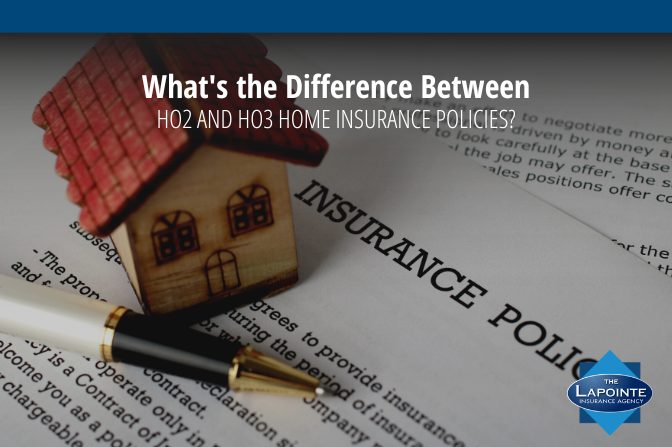The Difference Between HO2 and HO3 Homeowners Policies
- Posted by Daniel Simcock
- On February 10, 2023
- all risk policy, ho2, ho3, open risk policy, special form home insurance

In this article, we’ll discuss the main differences between HO2 and HO3 home insurance policies.
Key Takeaways
- In an HO2 policy, only perils listed in the policy are covered. In an HO3 policy, all perils are covered except for the exclusions listed in the policy.
- An HO2 is often called a “broad form policy,” whereas an HO3 is often called a “special form policy.”
- HO3 policies cover personal belongings on an “all risks” basis, which means that coverage is provided for all perils except those specifically excluded in the policy.
Homeowners insurance is a crucial part of owning a home, as it provides financial protection against various perils and hazards that can damage or destroy your property. The two most common home insurance policies are HO2 and HO3 policies. While both HO2 and HO3 policies are designed to protect your home and personal belongings, there are several key differences between them.
HO2 is a basic form of homeowners insurance, also known as a broad form policy. This type of insurance provides coverage for specific perils such as fire, lightning, windstorm, hail, theft, and explosion, among others. The coverage offered by an HO2 policy is limited compared to other types of homeowners insurance policies, such as HO3.
On the other hand, HO3 is a comprehensive form of homeowners insurance, also known as a special form policy. This type of insurance provides broader coverage than an HO2 policy, including coverage for all perils except those specifically excluded in the policy. Some of the perils that are typically excluded from an HO3 policy include earthquakes, floods, and war, among others.
Another key difference between HO2 and HO3 policies is the coverage limit. An HO2 policy generally has lower coverage limits than an HO3 policy, which means that the policyholder may not be able to receive the full amount of coverage needed to repair or replace their damaged property. In contrast, an HO3 policy typically has higher coverage limits, which provides more financial protection for the policyholder in the event of a covered loss.
In terms of personal belongings coverage, HO2 policies provide coverage for specific perils, such as theft, fire, and windstorm. This means that if your personal belongings are damaged or destroyed due to one of the covered perils, the insurance company will provide compensation to repair or replace them. However, the coverage limit for personal belongings under an HO2 policy is typically lower compared to an HO3 policy.
An HO3 policy, on the other hand, provides coverage for personal belongings on an “all risks” basis, which means that coverage is provided for all perils except those specifically excluded in the policy. This provides a higher level of protection for your personal belongings, as the policyholder will be able to receive compensation in the event of a covered loss, regardless of the cause.
Another important difference between HO2 and HO3 policies is the level of liability coverage. An HO2 policy typically provides limited liability coverage, which means that the policyholder will only be covered for specific perils such as fire, theft, and windstorm. In contrast, an HO3 policy provides a higher level of liability coverage, which includes coverage for all perils except those specifically excluded in the policy. This provides greater financial protection for the policyholder in the event of a liability claim.
In conclusion, both HO2 and HO3 policies are designed to provide financial protection for your home and personal belongings. However, there are several key differences between them, including the type and level of coverage provided, the coverage limits, and the level of liability coverage. When choosing a homeowners insurance policy, it is important to consider the type and level of coverage you need, as well as your budget and personal circumstances. An HO3 policy is generally recommended for most homeowners, as it provides a higher level of protection and coverage compared to an HO2 policy.
We hope we’ve helped you better understand gap coverage. And now we’d like to turn it over to you. Did you learn something new from this article? Or do have a question about your insurance policy? Leave a comment below or contact us at info@lapointeins.com.


